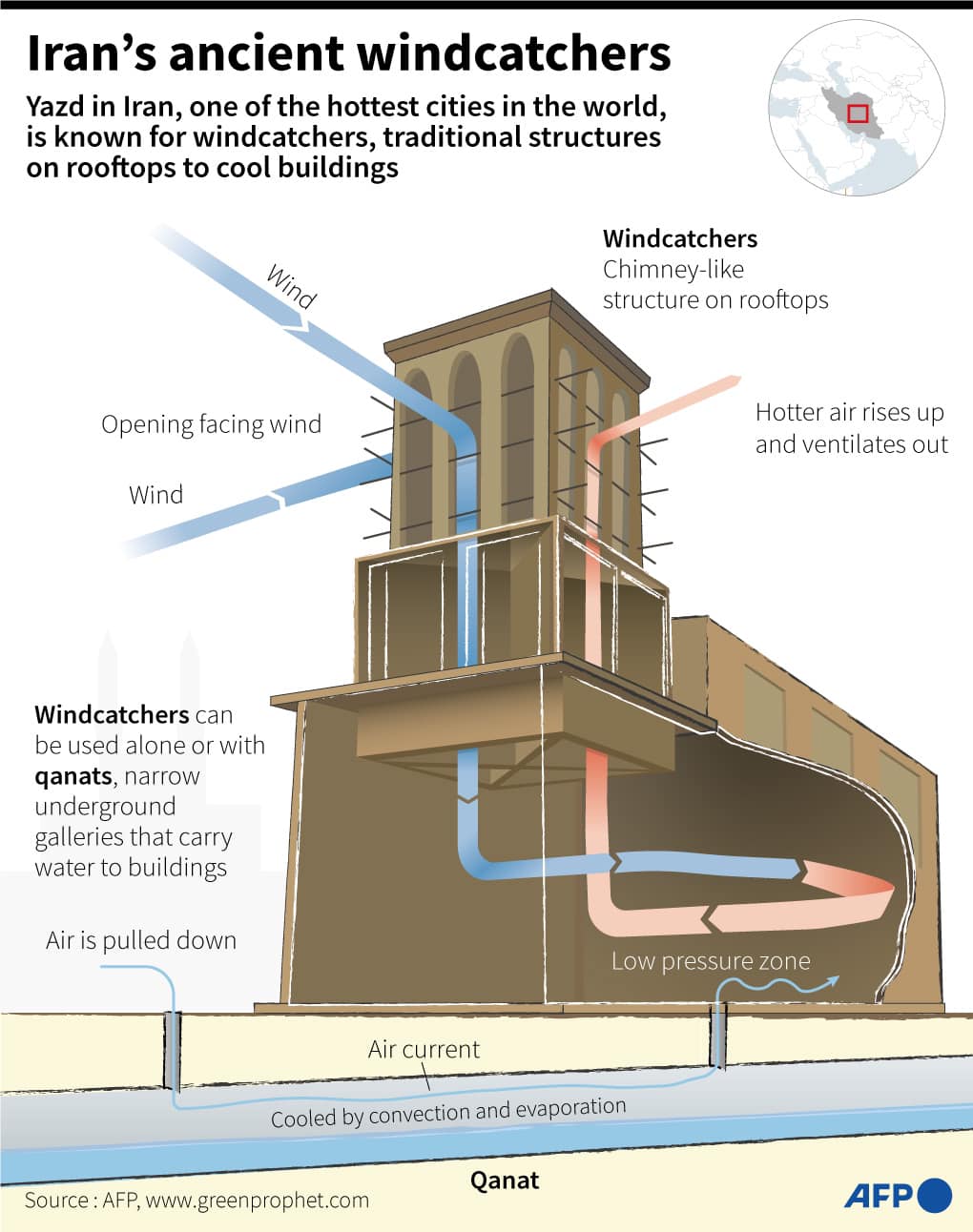this post was submitted on 24 Jul 2023
681 points (97.6% liked)
Mildly Interesting
17472 readers
73 users here now
This is for strictly mildly interesting material. If it's too interesting, it doesn't belong. If it's not interesting, it doesn't belong.
This is obviously an objective criteria, so the mods are always right. Or maybe mildly right? Ahh.. what do we know?
Just post some stuff and don't spam.
founded 1 year ago
MODERATORS
you are viewing a single comment's thread
view the rest of the comments
view the rest of the comments

I agree with you that we should be exploring alternatives, but aircon is extremely energy efficient for how much thermal energy it moves (reaching 400% efficiency in some cases) . The problem isn't aircon itself, but what is being used to power it.
In fact the technology behind aircon can be expanded into a heat pump to both heat and cool, being more efficient than electro-resistive or gas heating. There's even water heaters that will actually cool the area they're in and use the heat they gather from the space to heat the water.
Technology Connections has a great series of videos that go in depth on both heat pumps and aircon.
Yeah, "air conditioning powered by solar/wind/hydro" can feel like it's one big Rube Goldberg machine to make air cool, but the reality is that it comes together to make something that can scale really easily. I can't imagine coming up with a design like what's in OP for an apartment complex or condo building.
Source: just made it up, but also a Technology Connections fan. All that's to say, feel free to correct me with a little data
They actively use this design in large buildings (with a modern twist). Its known as a chilled water system: https://hvactrainingshop.com/how-a-chilled-water-system-works/
Or you have ones that do not run at all during the day, and only chill/freeze the water at night on excess power/cheap power: https://www.buildinggreen.com/news-article/making-ice-night-cool-buildings
The second system I linked would then let the ice slow melt over the day as its way of actively chilling air passing through its exchanger.
These systems work by chilling water instead of air, which has a much higher heat capacity. Meaning, it can accept much more thermal energy per unit mass before raising its temperature by 1 kelvin. You are able to build a single, very well designed, and efficient refridgeration unit that can provide HVAC services to up to multiple high rise buildings. This reduces waste and reduces the usage of coolant/refridgerant.
This system can be reversed in the winter (heating the water instead of chilling) with geothermal heat, solar heat, or if no "green" options are readily available, natural gas direct fire heat can be extremely efficient compared to electric coil
One of our data centers uses a building with a man made "lake" in it. They blow the air across the water and use that air to cool the building and its systems. Seems to work fine.
The #hvactrainingshop.com link is dead to me (it’s in an exclusive walled garden not openly available to all people [#Cloudflare]). I could not find a replacement link. If anyone has a better source, plz mention it.
400% efficiency is good, but it's not better than the ∞% efficiency you get from something that doesn't require fuel input to begin with. (I'm pretty sure the Technology Connections guy would agree on that point.)
If nothing else, think of it this way: even if you still want to use air conditioning to make sure you get all the way down to comfortable room temperature or whatever your target is (which a Qanat, although able to achieve a >15°C ΔT, might or might not be able to do reliably), it'll still give you a big head start and greatly reduce the amount of energy needed. It's a lot like using a ground-source heat pump instead of an air-source one. What's not to like‽
Sorry my point wasn't that we shouldn't explore other options to use instead of/in tandem with A/C. I was entirely pointing out that the use of an AC/heatpump is by itself, in absence of the context of what is used to power it, a non issue as its one of the most efficient electric heating/cooling technologies we have.
Wind catchers could be, and likely are a great technology to adapt for wider use, though I can't speak to that, I'm not an HVAC engineer.
Can you explain 400% efficiency?
IIRC for every watt of electricity, 4 watts of energy get moved from the inside bit of your AC to the outside unit
What the other guy said. It's down to the fact that you aren't actually heating/cooling down a room, you're just moving the heat already there around. E.g. in winter, instead of producing your own heat with electricity, which is 100% efficient, you take heat from the outside and put it inside, using a lot less energy in the process than if you were to create the heat inside of your home.
Though I'm not sure if it's that efficient, I think I heard it's more around the 150-200% mark, but I'm not sure.
Most cheap air conditioners have COPs (coefficients of performance) around 3.2-3.5, which means 320-350% efficiency. In real world conditions, the best systems reach 4.5, though the theoretical limit is about 8.0.